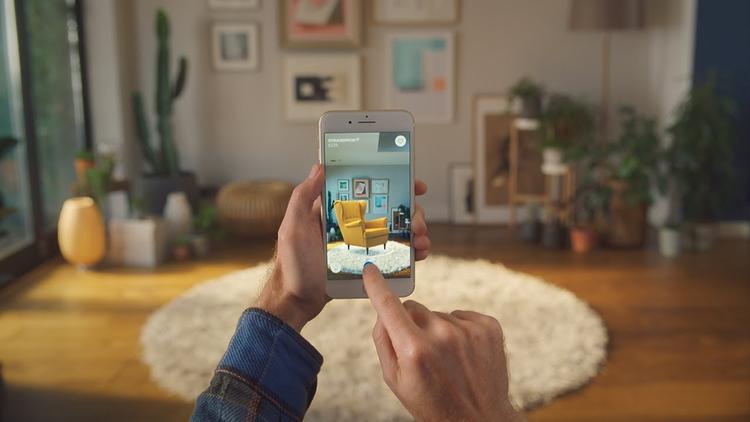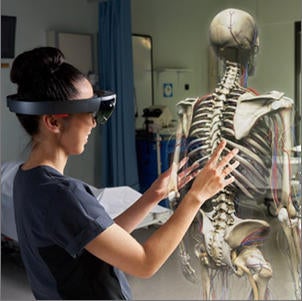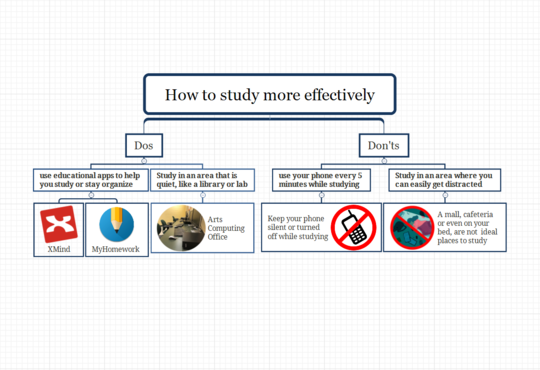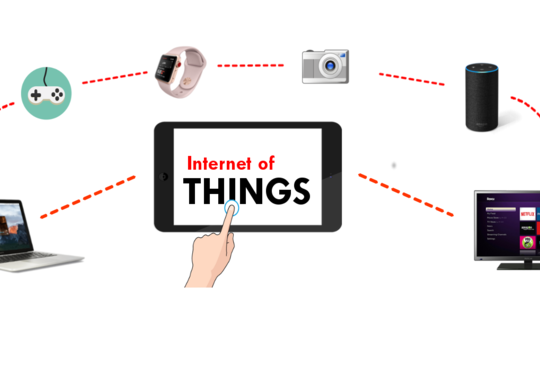What is Augmented Reality?
Augmented Reality (AR) does not require immersing a user into a whole other world. Instead, it manipulates a user’s actual world, by applying overlays that have virtual information on top of the existing world. The overwhelming use of AR is in phone apps.
Last year, two of the biggest crazes were possible through AR technology:
- Pokémon Go and
- the hotdog filter on Snapchat.
Now, these two examples of AR are pretty trivial beyond their purpose of providing entertainment to users. But other uses of AR are starting to make an appearance that will definitely change the way we live our lives.
Augmented Reality Current Usage

Snapchat has been using AR for a long time, with filters made available through the app. We have seen apps for furnishing a home, such as IKEA’s “IKEA Place” app, that allows a user to simulate having a piece of IKEA furniture in a room through a phone screen. Another one is InkHunter, which allows a user to see what a tattoo would be like through their phone before actually deciding what to get.
AR apps are getting more useful for everyday life. There are apps like TapMeasure that allows a user to measure the dimensions of anything in their vicinity right through their phone screen. For students studying medicine or biology, Complete Anatomy 2018 allows a user to place a body part in front of them with relevant information in a panel through their phone screen. Google Translate has an AR feature that allows users to replace words on signs with the corresponding word in a user’s native language [1].
Wearable AR Technology
AR definitely seems to be the big mobile app trend in 2018, and maybe beyond, as more and more developers are discovering ways to integrate AR apps in a consumer’s everyday life. However, something still in the works is wearable AR technology.
Google Glass was the first wearable AR technology, to try to break into the AR market in 2013, however, it flopped most likely due to its high price of $1500, and that it simply offered the same features as a smartphone, but with less battery life [2].

In 2015, Microsoft began working on their wearable technology, HoloLens, and it is currently still in the development stage.
However, sneak peaks provided by Microsoft show HoloLens to be a promising consumer product, as it provided basic AR functionality like mobile apps before, but it also gave a virtual computer screen to use Windows apps [3].
This feature could mean that in the future, hands-free access to computing could be very possible, allowing professionals and everyday people to be able to pull up information, or use a computer app anywhere without having to use an external device like a laptop or smartphone.
Conclusion
There is definitely a lot of hype around Augmented and Virtual Reality these days, which is not surprising given what people have already been able to achieve with this technology. In the future, AR and VR definitely have the potential to change the way we as humans live our lives. It looks more and more likely, that we will be able to create some of the Mixed Reality technologies we see in sci-fi movies.
References
[1] Best AR Apps 2018. (2017, September 26). Retrieved Jan 30, 2018, from https://www.tomsguide.com/us/pictures-story/657-best-augmented-reality-apps.html
[2] How & Why Google Glass Failed (2015, May 21). Retrieved Jan 30, 2018, from https://www.investopedia.com/articles/investing/052115/how-why-google-glass-failed.asp
[3] Microsoft HoloLens (n.d.). Retrieved Jan 30, 2018, from https://www.microsoft.com/en-ca/hololens






